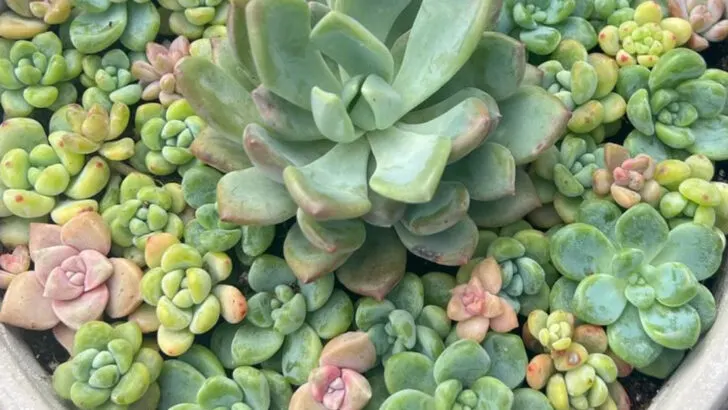Like fashion and interior design, garden styles go through trends—and what felt fresh and exciting a few years ago might now look overdone or high-maintenance. From overused landscaping materials to once-trendy color palettes, some garden fads are quietly falling out of favor. But don’t worry: classic, timeless ideas are stepping back into the spotlight, and they’re easier to maintain, more eco-conscious, and often more beautiful.
This season, many gardeners are trading in high-effort designs for relaxed, nature-inspired spaces that invite wildlife and require less upkeep. Think wildflower meadows instead of monoculture lawns, or vintage container gardens over trendy vertical walls. These comeback classics not only look better with age—they often work better too.
Whether you’re refreshing a small patio or rethinking your whole yard, this guide will help you spot the garden trends on their way out—and give you smart, gorgeous ideas to replace them with. Let’s explore what’s fading fast and what’s blooming again.
Vertical Gardens
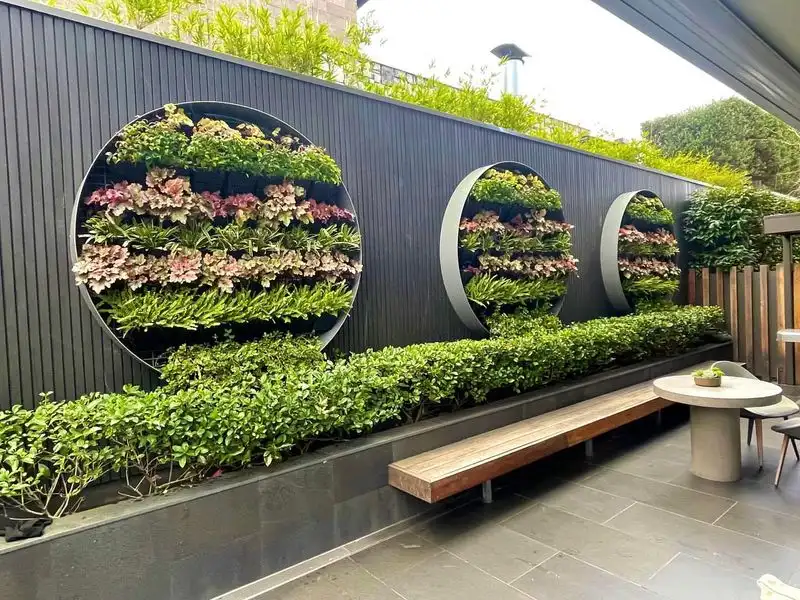
Vertical gardens once invigorated urban landscapes, turning drab walls into verdant tapestries. Their appeal started fizzling as high maintenance took its toll. Watering, pruning, and battling pests became challenges for many city dwellers.
Not to mention, these living walls often suffer from inconsistent sunlight exposure, affecting plant health. The once-vibrant living art pieces are now giving way to simpler potted plants.
However, for those willing to invest time and effort, vertical gardens can still offer a personal green retreat on balconies and small patio spaces.
Succulent Overload
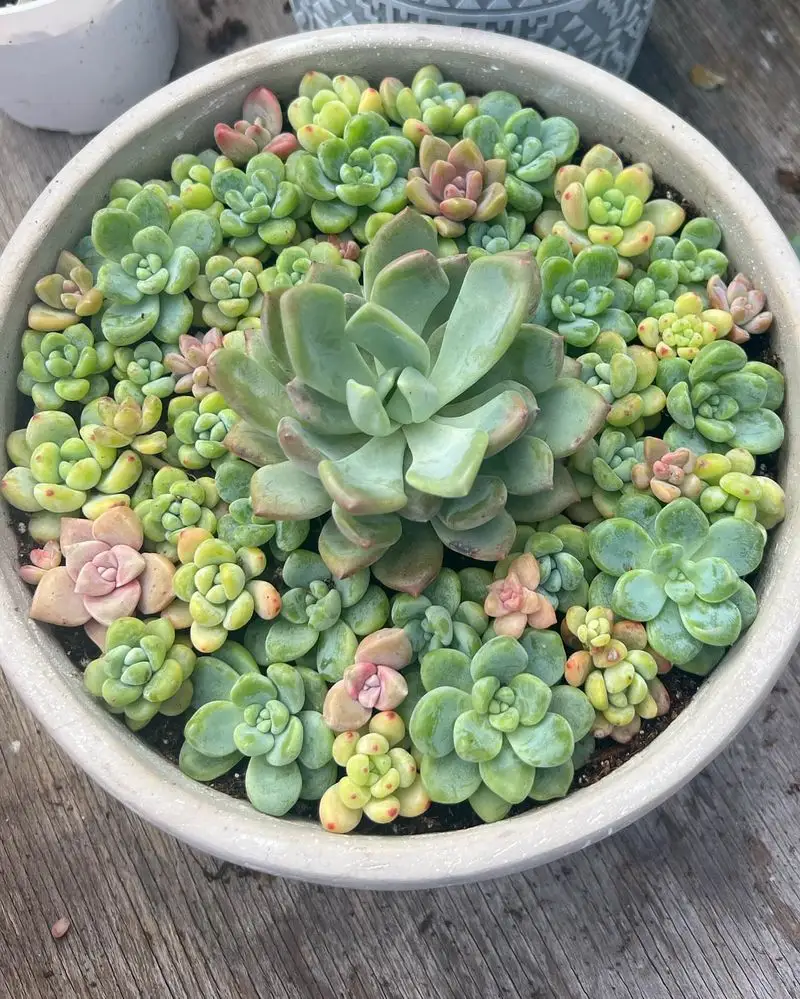
Succulents, adored for their low maintenance, once dominated garden aesthetics. Their strange beauty and resilience captured the hearts of many.
Yet, the trend led to oversaturation, with homes teeming with these hardy plants. As they proliferated, their unique allure began to wane.
With time, gardeners have started to crave diversity, turning back to more colorful and dynamic plant varieties. Although succulents remain a staple, they now often serve as supporting actors in the garden play.
Monochromatic Gardens
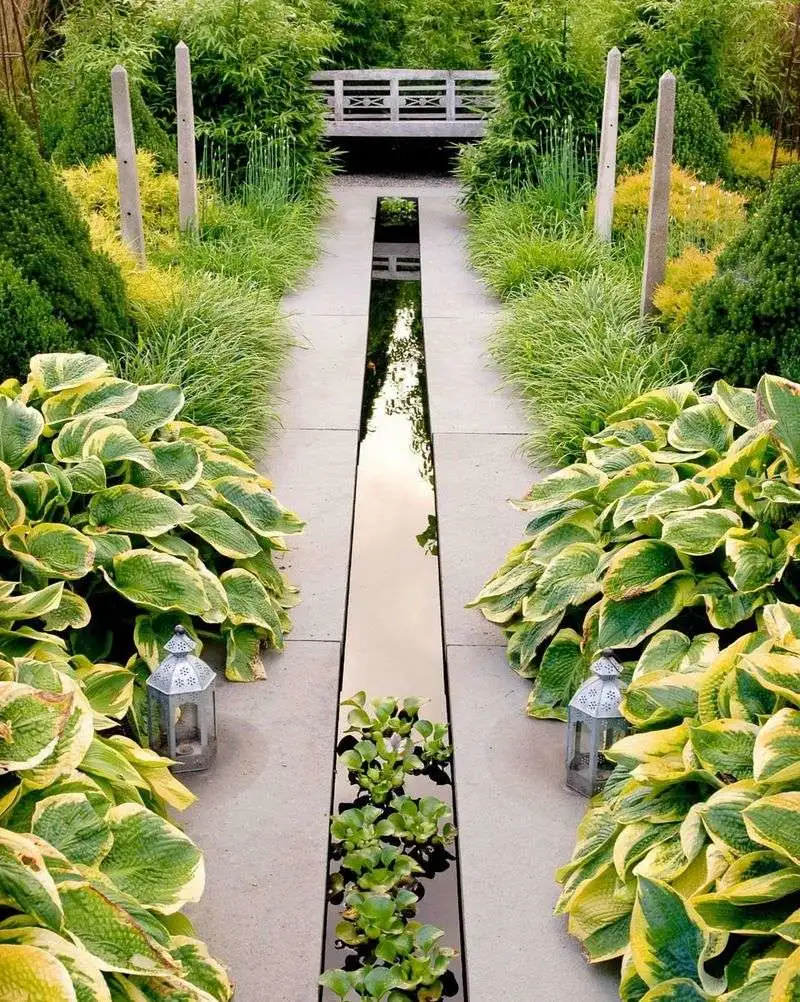
Monochromatic gardens, with their singular color palette, once offered a sophisticated touch. However, the lack of diversity can render these gardens unremarkable over time.
Gardeners are finding joy in mixing hues and textures, allowing for more expressive plantings. The uniformity of monochrome spaces tends to limit creativity and interaction with the environment.
While these gardens have their elegance, they’re being replaced by vibrant borders and contrasting combinations that engage both the gardener and the onlooker.
Astroturf Lawns
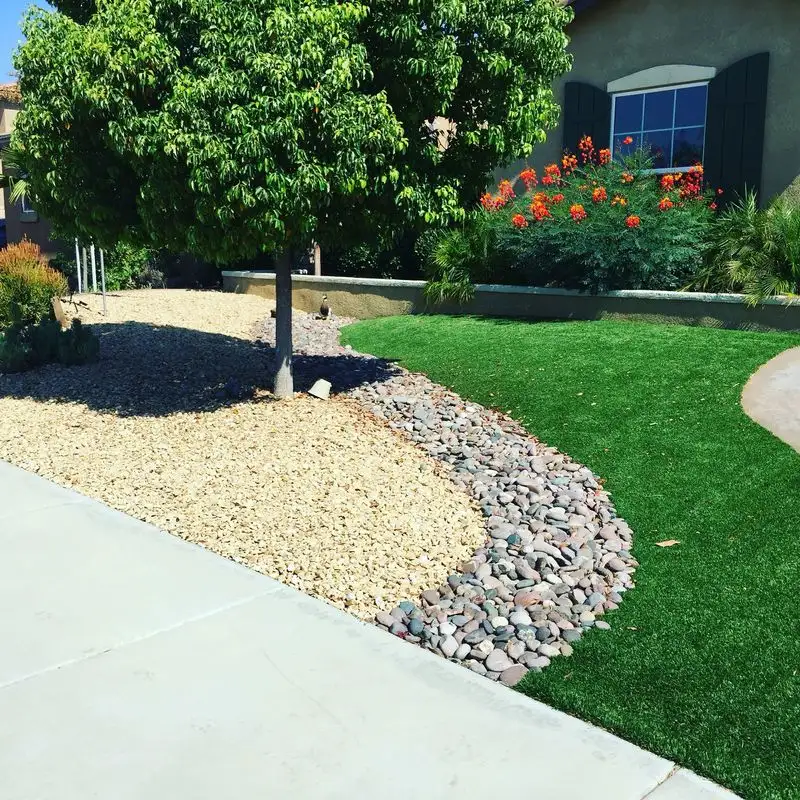
Astroturf, once a savior for those weary of lawn care, brought a neat, evergreen look. However, its synthetic nature often starkly contrasts with organic environments.
The absence of scent, texture, and the gentle hum of life led to a decline in popularity. Gardeners yearn for the authenticity of real grass, with its seasonal changes and soft touch.
Though artificial grass still finds use in small urban spaces, the ecological benefits and sensory experience of natural lawns are drawing people back to traditional turf.
Garden Ornaments Overload
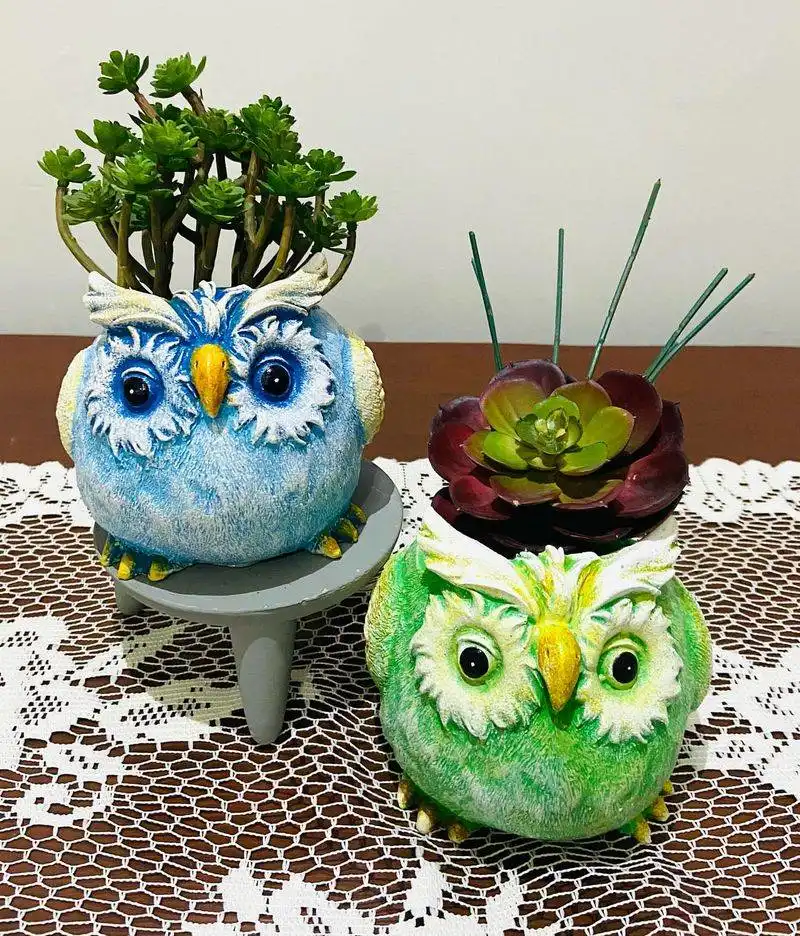
Ornamental gardens once brimmed with statues and whimsical figures, but the excess has started to detract from the natural beauty of plants. Over-decoration can lead to clutter, overshadowing the garden’s organic essence.
Gardeners are moving towards minimalistic designs, allowing flora to take center stage. The serenity of a simple garden path or a lone sculpture now holds more appeal.
The trend is shifting towards creating harmonious spaces where nature and art complement rather than compete with each other.
Overtly Structured Gardens
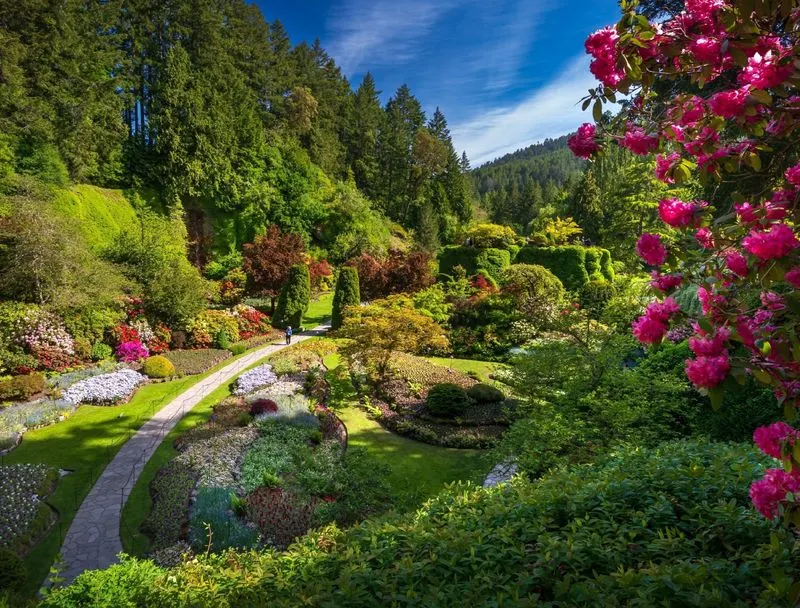
Highly structured gardens, with their precise lines and shapes, once symbolized order and control. However, their rigidity often stifles the natural, playful spirit of plants.
Gardeners are now embracing looser designs that allow nature to express itself. The charm of meandering paths and free-growing hedges is captivating modern sensibilities.
While formal gardens still have their place, the contemporary trend leans towards creating spaces that feel more alive and spontaneous, celebrating the untamed beauty of nature.
Trendy Outdoor Kitchens
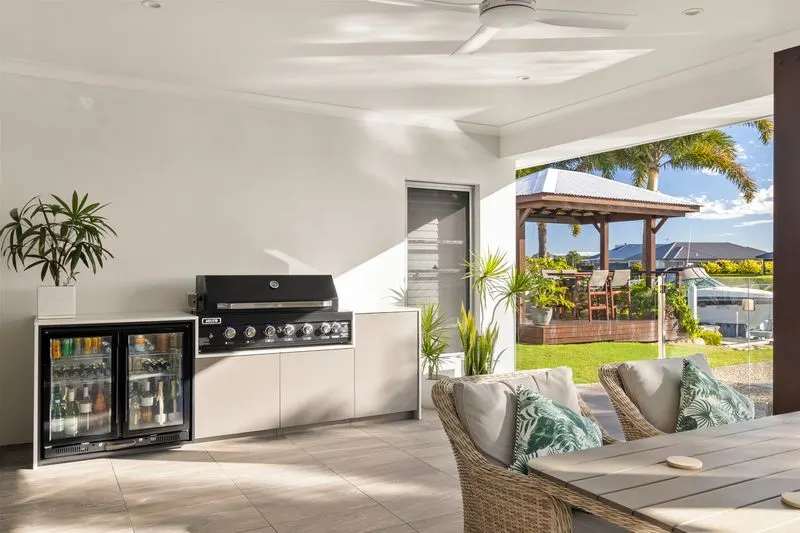
Outdoor kitchens once epitomized luxury, offering culinary experiences amidst nature. Yet, their practicality often falls short, with weather considerations and maintenance becoming burdensome.
The novelty of cooking outside has worn off for many, leading to a preference for simple barbecue setups. The desire for adaptable garden spaces that transition seamlessly between uses is growing.
While outdoor kitchens remain a status symbol, the focus is shifting towards versatile, multipurpose garden areas that accommodate a range of activities and gatherings.
Overly Symmetrical Planting
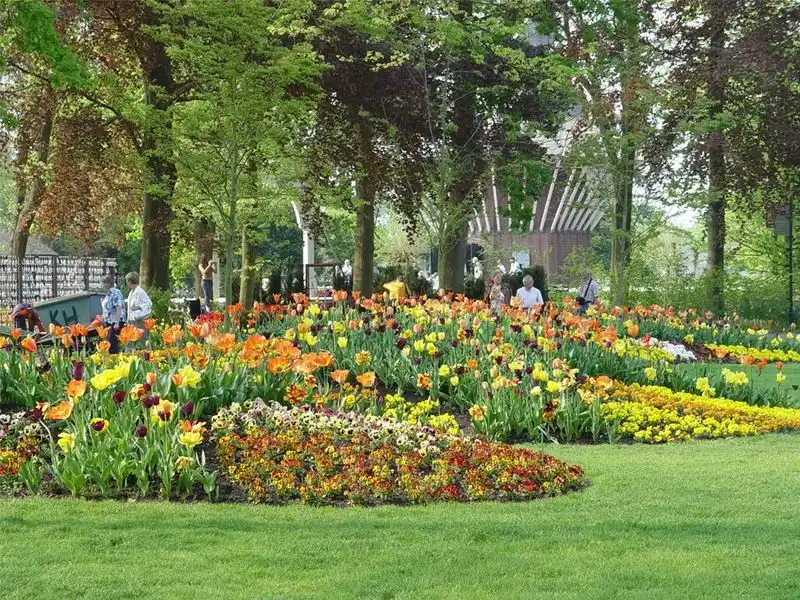
Symmetry once brought balance and harmony to gardens, but an overly symmetrical approach can feel rigid and uninspired. The predictability limits the dynamic, living aspect of a garden.
Modern gardeners are favoring asymmetrical designs that create visual interest and surprise. By breaking away from strict patterns, they invite a sense of wonder and discovery.
While symmetry has its charm, the trend is leaning towards eclectic arrangements that offer a more personalized and evolving garden experience.
Garden Gnomes
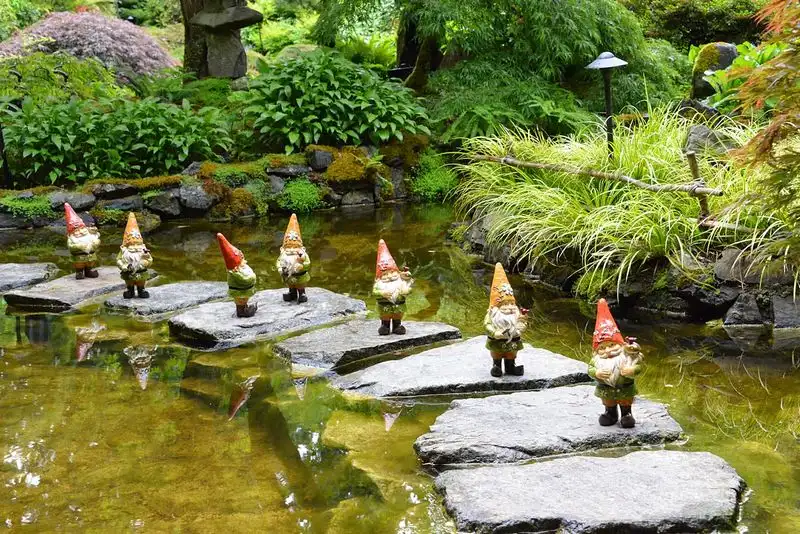
Once symbols of whimsy and protection, garden gnomes have become kitschy. Their ubiquity has dulled their charm, often clashing with contemporary garden aesthetics.
Gardeners now seek subtler accents that enhance rather than dominate the landscape. Instead of relying on clichéd decorations, the focus is on integrating art that reflects personal style and complements nature.
While gnomes still hold nostalgia for some, the trend is moving towards thoughtful placements of unique sculptures or natural elements, creating captivating outdoor spaces.
Exotic Plant Obsession
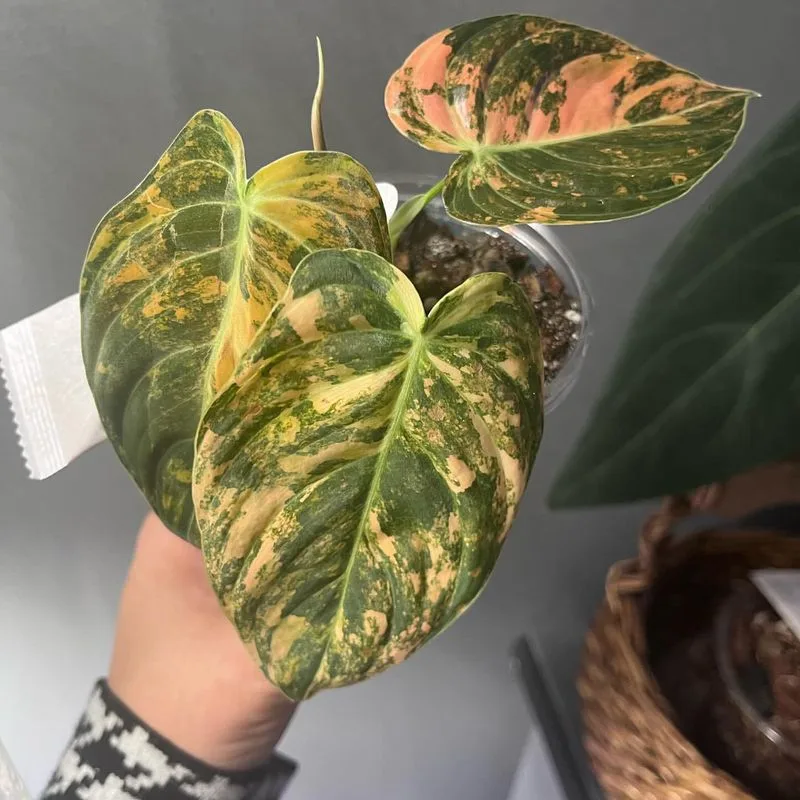
The allure of exotic plants once captivated gardeners, promising a slice of paradise. However, these plants often demand specific climates and care, making them impractical for many.
The challenge of maintaining their health and appearance can lead to frustration. As awareness of sustainable gardening grows, there’s a shift towards native plants better suited to local conditions.
While exotic plants can add intrigue, gardeners are increasingly valuing the resilience and ecological benefits of indigenous species, creating more sustainable and harmonious gardens.
Native Plant Revival
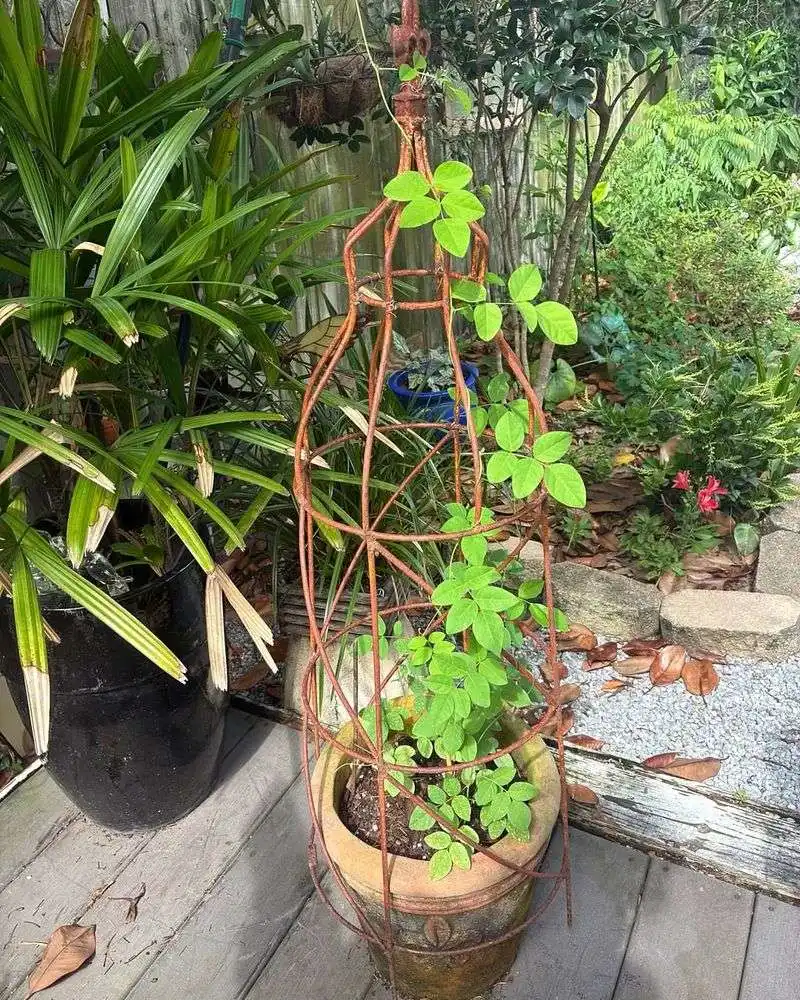
Native plants are experiencing a renaissance as gardeners recognize their environmental benefits. These plants naturally thrive in local conditions, requiring less water and care.
Their resurgence is not only about aesthetics but also about supporting wildlife and promoting biodiversity. Birds, bees, and butterflies find a haven among native flora.
As the push for sustainability grows, native plants offer an authentic connection to the land, allowing gardens to become vibrant ecosystems that reflect and respect their surroundings.
Cottage Gardens
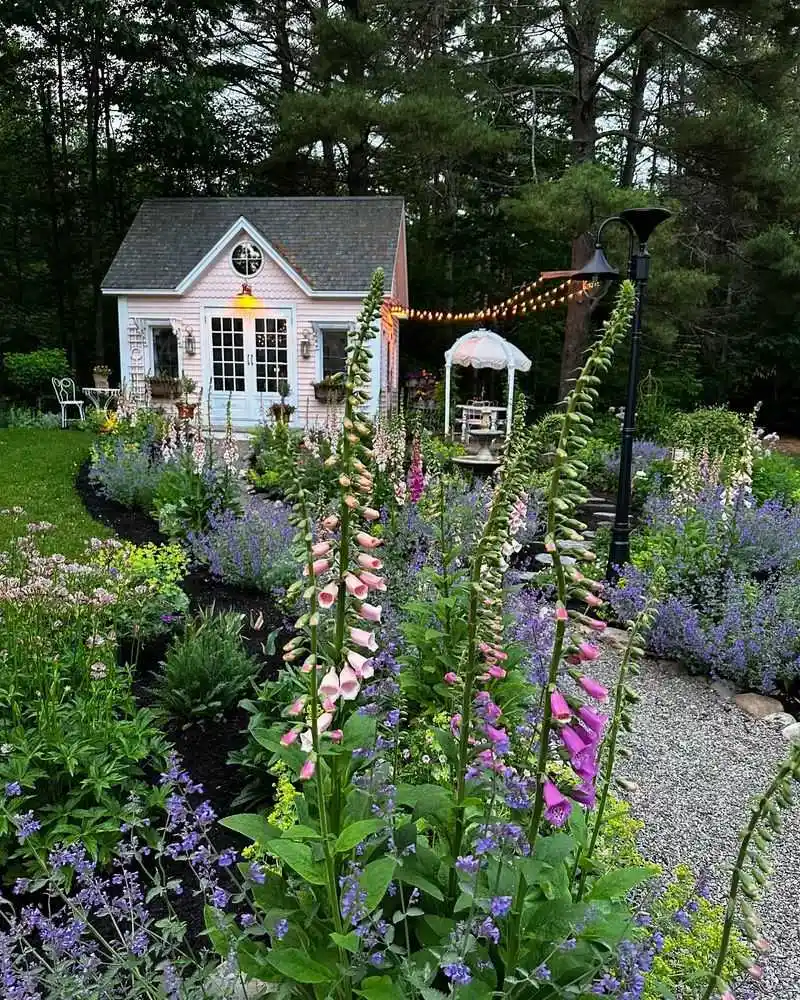
Cottage gardens are cherished for their informal, romantic beauty. With an abundance of flowers and meandering pathways, they evoke a sense of nostalgia and warmth.
These gardens blend practicality with aesthetics, housing vegetables alongside blooms. The carefree arrangement encourages exploration and delight.
As gardeners seek spaces that offer both beauty and utility, the cottage garden’s charm is making a strong comeback, celebrating the harmony between cultivated and wild elements in a delightful tapestry of colors and scents.
Heritage Vegetable Varieties
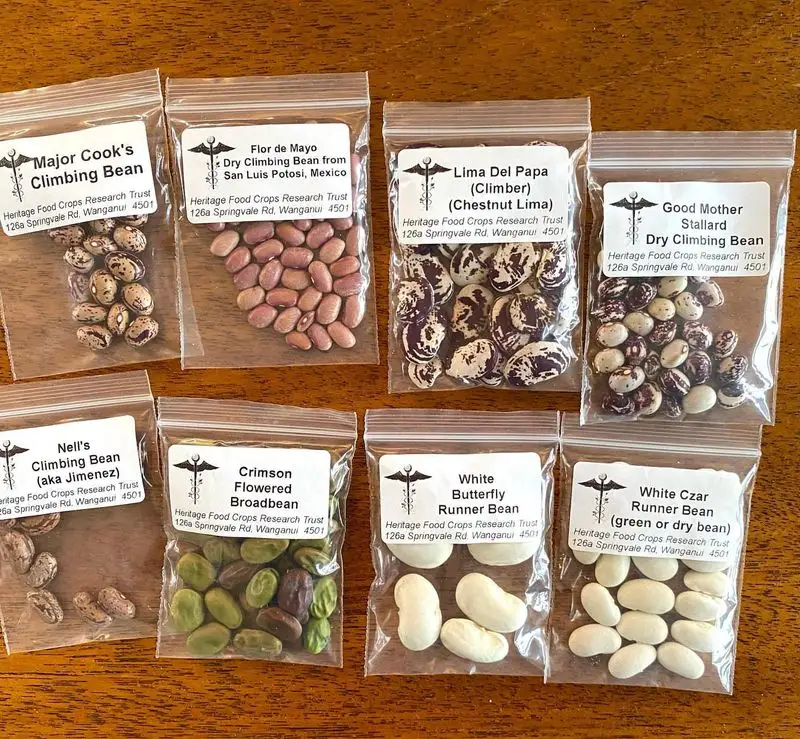
Heritage vegetables, with their rich flavors and varied appearances, are regaining popularity. These varieties offer a taste of history, connecting gardeners to traditional agricultural practices.
Cultivating heritage crops supports biodiversity, preserving unique traits and genetic diversity. The resurgence is also fueled by a desire for authentic, homegrown produce in an era of mass production.
As people increasingly value sustainability and food security, heritage vegetables provide a flavorful and meaningful connection to the past, enriching both palates and gardens with their diverse offerings.
Perennial Borders
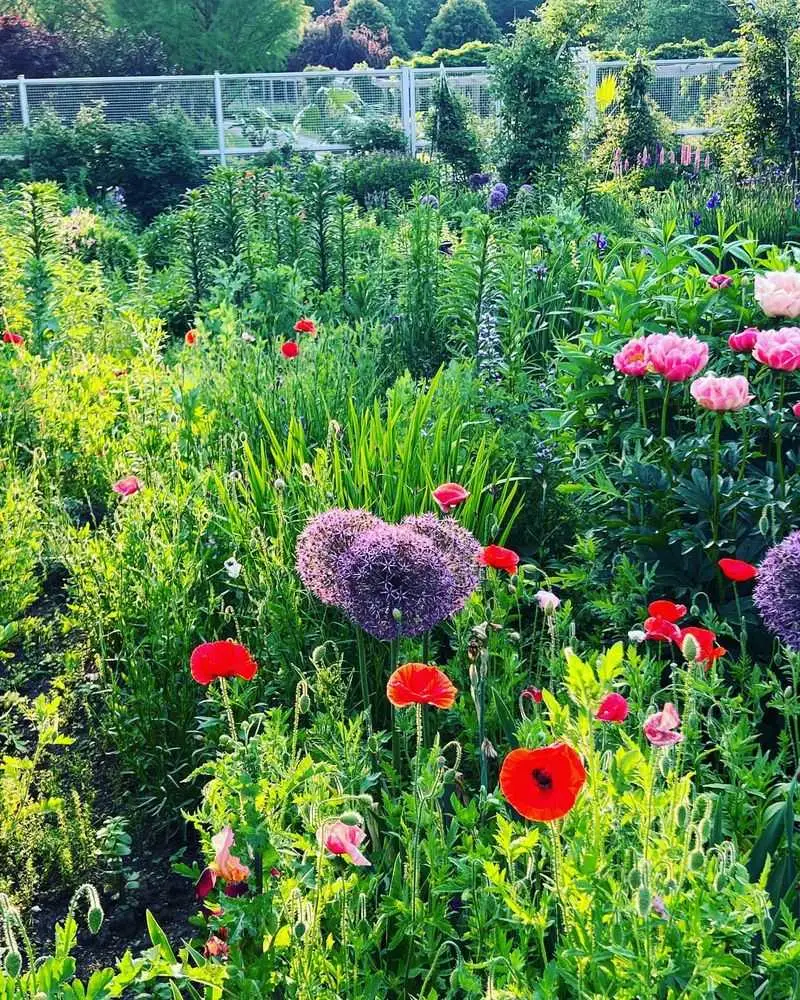
Perennial borders are experiencing renewed interest as gardeners appreciate their enduring beauty and ecological benefits. Unlike annuals, perennials return year after year, offering a stable foundation for garden designs.
These borders provide rich textures and colors, evolving with the seasons and offering interest throughout the year. The low-maintenance appeal of perennials suits modern lifestyles.
As sustainable gardening practices gain traction, perennial borders are celebrated for their ability to create vibrant, enduring landscapes that support local wildlife and reduce the need for constant replanting.
Wildflower Meadows

Wildflower meadows are making a comeback, cherished for their natural beauty and ecological benefits. These meadows mimic natural ecosystems, providing habitat for pollinators and supporting biodiversity.
Gardeners find joy in the seasonal changes and spontaneous growth patterns of wildflowers. The low-maintenance nature of meadows appeals to those seeking sustainable and beautiful solutions.
As awareness of environmental issues grows, wildflower meadows offer a chance to reconnect with nature, creating vibrant and life-filled spaces that contribute positively to the environment and human well-being.
Simple Water Features
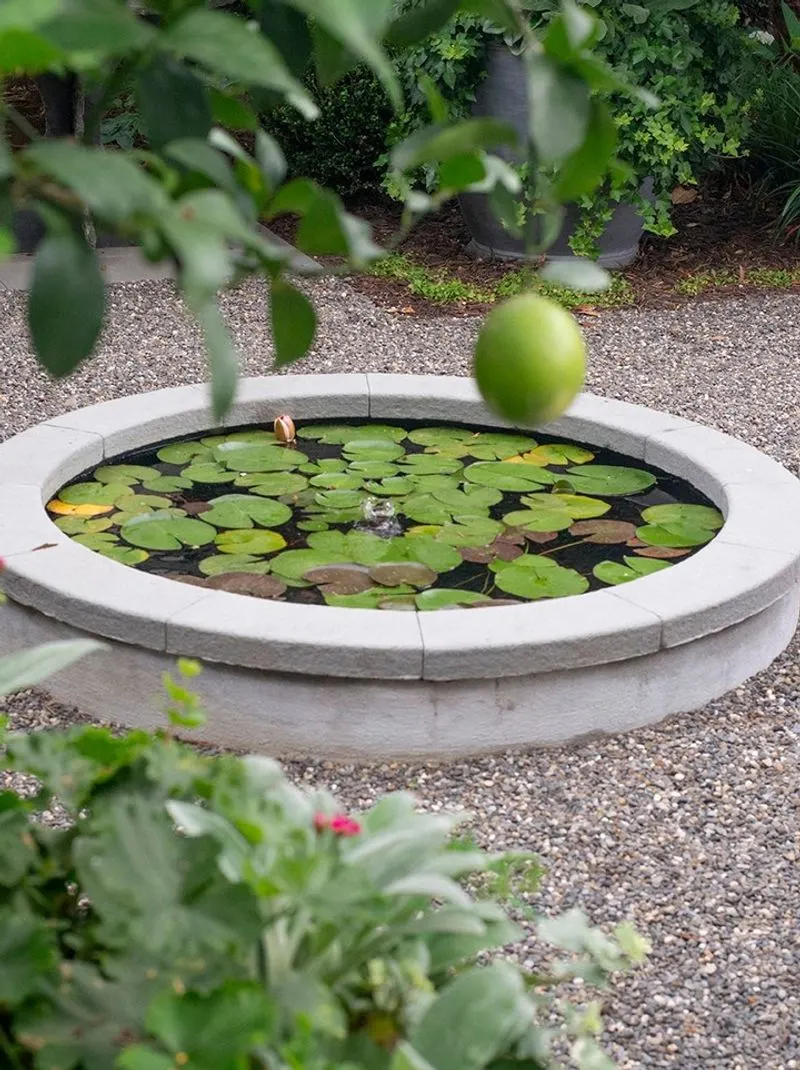
Simple water features are finding favor with gardeners seeking tranquility and elegance. Unlike elaborate fountains, these features blend seamlessly into their surroundings, offering gentle sounds and visual appeal.
The presence of water attracts wildlife, adding life to gardens while fostering a peaceful atmosphere. These features require minimal maintenance, aligning with modern desires for easy care solutions.
In times where serenity is sought, simple water features offer a calming presence, enhancing gardens with their understated charm and the soothing presence of flowing water.
Herb Gardens
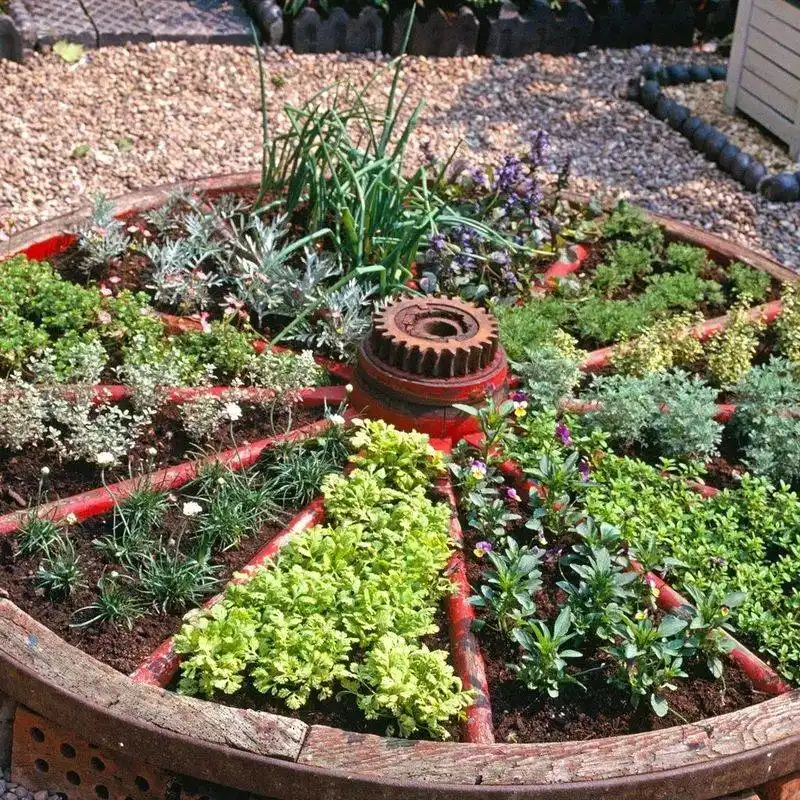
Herb gardens are experiencing a renaissance as people rediscover the joys of growing their own flavors. These gardens provide fresh ingredients for culinary creations, right at one’s fingertips.
Beyond their practical use, herbs offer sensory pleasures and simple care, making them a favorite for gardeners at all levels. Their aromatic presence enhances both gardens and kitchens.
With an increasing focus on homegrown produce and sustainable living, herb gardens are celebrated for their dual role in providing fresh flavors and contributing to a self-sufficient lifestyle.
Shade Gardens
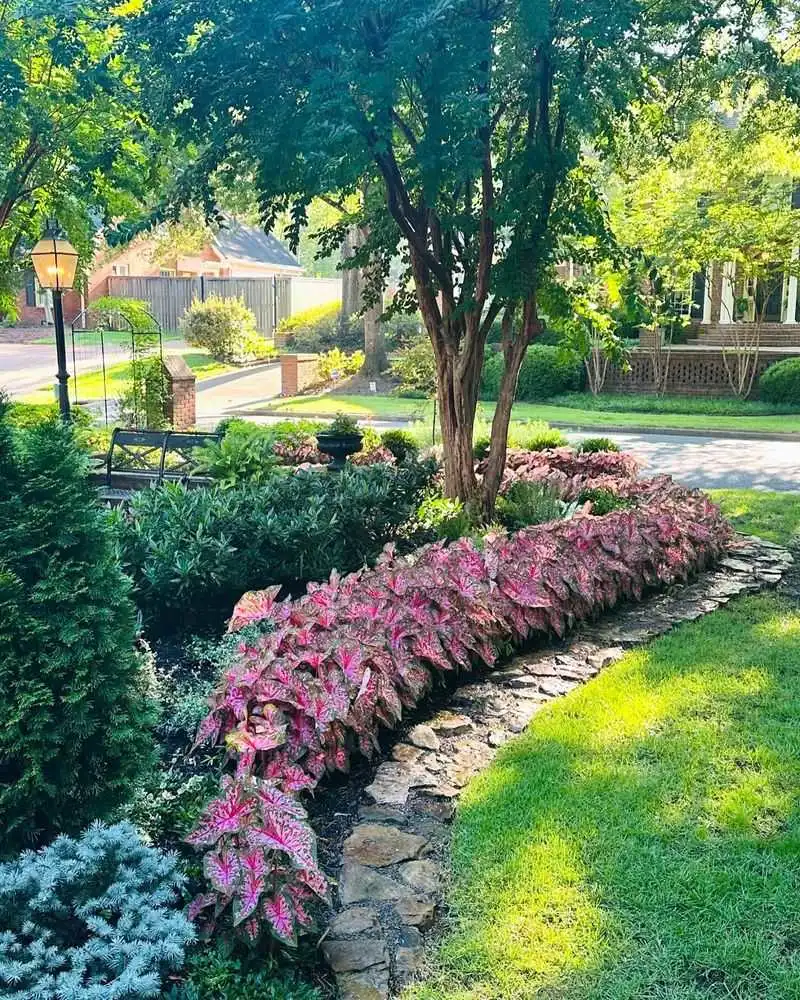
Shade gardens are gaining popularity as gardeners explore spaces under tree canopies or shaded areas. These gardens offer a sanctuary from the heat, featuring plants adapted to low light conditions.
Ferns, hostas, and other shade-loving plants create lush, textured landscapes, thriving where sun-loving species cannot. The cooling effect and tranquil environment of shade gardens provide a retreat from daily stresses.
As urban areas expand, shade gardens present a creative solution for underutilized spaces, transforming them into serene, green havens that celebrate the beauty of shadow and light.

